The Tropical Pavilion will be warm and balmy and bathed in sunlight all winter—just the right conditions for plants that thrive near the equator. Many produce some of our favorite fruits. Others have lesser-known uses, most of which you would never guess by looking at them. Here are just a few of the fascinating plants you'll see inside.
Pineapple
Ananas comosus
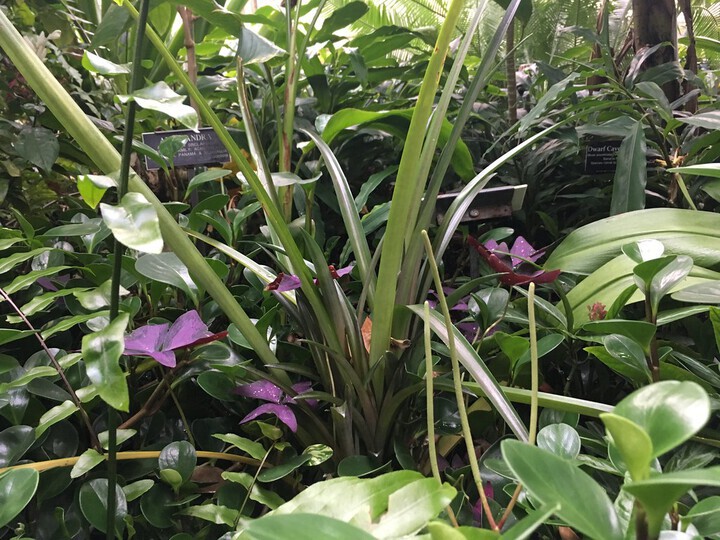
This unassuming plant was planted in the Tropical Pavilion earlier this year and hasn’t yet flowered. When it does, it should produce a cluster of flowers that will develop into a single pineapple fruit before its leaves die back. In the wild, it would also send out suckers at that point to produce new plants.
Sago-Palm
Cycas circinalis
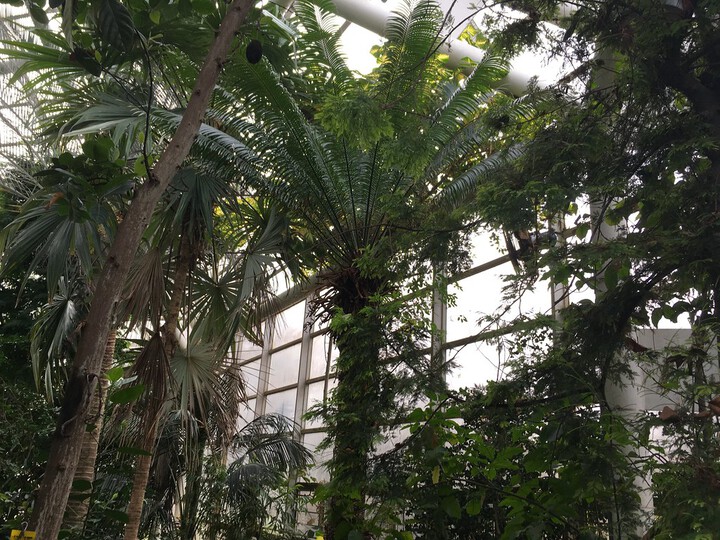
This beautiful specimen is actually not a palm at all, but a cycad. It’s one of the oldest plants at the Garden, collected by BBG in 1917. It has edible seeds that can be ground into flour, but they contain poison and must be processed first to draw out the toxic elements.
Sweetsop
Annona squamosa ‘Kampong Mauve’
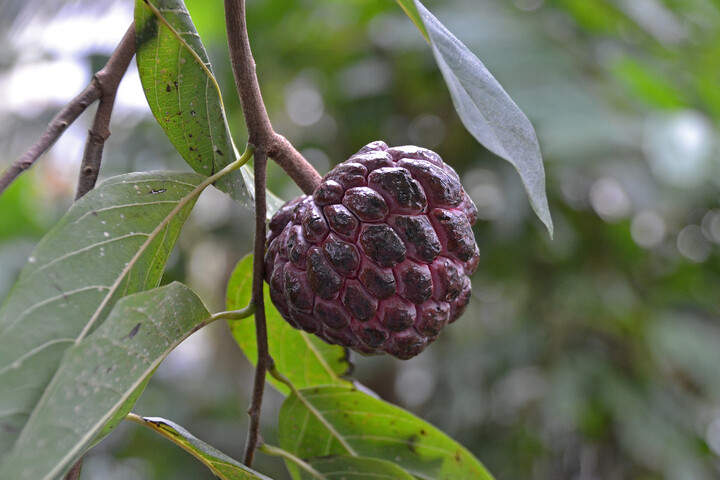
Rare in the wild, this tropical tree produces sweet and delicious fruits with a creamy texture inside. They’re sometimes called custard apples.
Jackfruit
Artocarpus heterophyllus

Keep an eye on these small fruits—they won’t always be this petite. The species holds the record for having the largest tree fruit in the world. Mature fruits can weigh as much as 80 pounds!
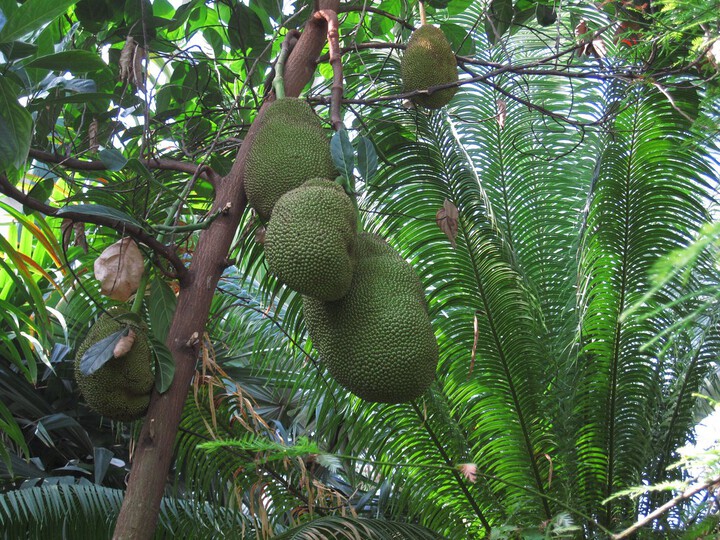
Bushman’s Poison
Acokanthera oppositifolia
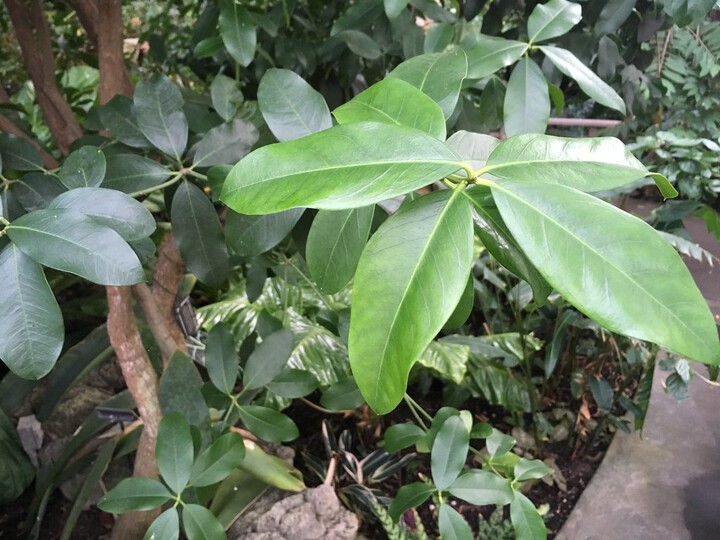
Most parts of this innocuous-looking shrub are highly poisonous. In its native South Africa and Botwana, people once relied on its milky sap to poison their hunting arrows.